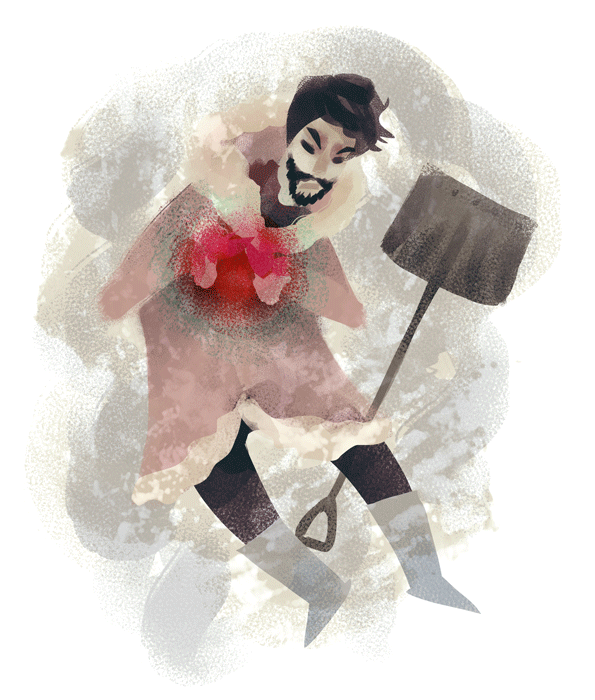Shovelling snow is a winter chore generally met with dread. But, as Dr. Nathalie Auger and her team at the Quebec Public Health Institute recently showed in a study published by the Canadian Medical Association Journal on Feb. 13, there may be real health risks involved.
Auger’s study hits home for a lot of Canadians, especially in Quebec, for whom snow is a huge part of everyday life.
The study was designed to discover if, during the winter months of November through April from the years 1981-2014, the amount of hospital admissions or deaths due to myocardial infarction (MI)—known colloquially as heart attack—increased as a result of heavy snowfall in Quebec. Auger’s team collected thousands of medical records and then analyzed the data to find out whether or not their hypothesis held.
The study was designed to collect measures of the quantity of the snowfall in centimetres and the duration of the snowfall in hours. These results were adjusted for minimum daily temperatures. The study then tested to see whether or not the risk of MI was highest the day of the snowfall, the day after, or two days or three days after the snow fall.
In the end, the temperature didn’t play a role in increasing or decreasing the risk of MI. So, what did?
Auger and her team theorized that the cardiovascular energy involved with shovelling plays a significant role.
“[Shovelling requires] more than 75 per cent of the maximum heart rate,” Auger explained.
The excess stress puts people with existing heart problems at risk.
Out of the 128,073 individual hospital admissions and the 68,155 deaths due to MI during the months from November through April, the probability of a heart attack among men dramatically increased the closer the day was to a snowfall, but this association was not noticeably among women.
Ten per cent of all heart problems occurred when there were more than five centimetres of snow on the ground. Sixty per cent of all hospital admissions and deaths involved men while thirty-three per cent of all heart attacks occurred the day immediately after snowfall.
Auger explained that she was still unsure as to exactly why men are at higher risk after a snowfall than women. Her team can only speculate that it may be because men shovel more snow than women, or that, perhaps, women have mastered a technique of shovelling that causes less strain to their hearts.
This correlation may become increasingly prevalent as extreme weather events, such as heavy snowfalls become more frequent.
Auger explained that the study has already received a lot of attention.
“Certainly it’s always good [and] interesting when our research generates news,” Auger said.
The main takeaway for the average person is to use caution after heavy snowfalls and try to avoid shovelling if you know that you have a high risk of MI issues.






